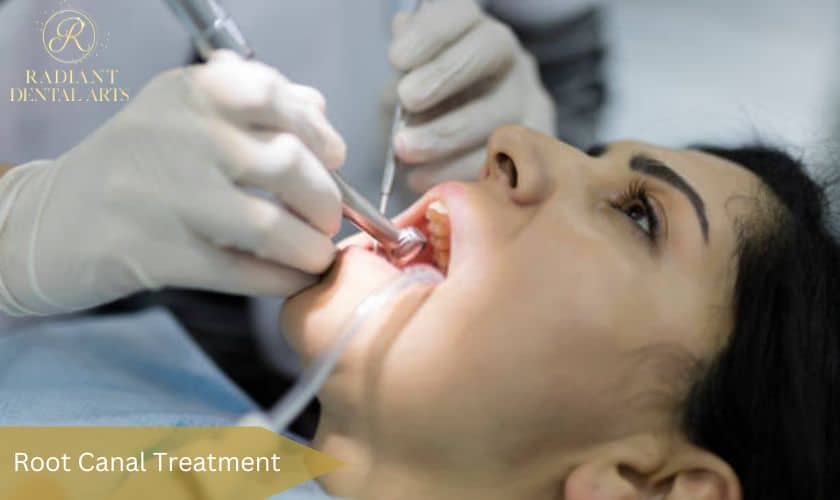You must immediately get treatment if you have been told that an infection has been found in your root canal system. But first things first: if you want a root canal, you have to choose between an endodontist and a dentist. Before making a final decision, you should talk to your dentist about this, but the type of diseased tooth and the shape of the roots of that tooth may be important things to think about. But before we discuss that, let’s discuss the main differences between endodontists and regular dentists.
What Do Endodontists Do For A Living?
You might be asking yourself, “What exactly is an endodontist?” Like dentists, endodontists go to school for dentistry and start their careers in general practice. But only about 3% of dentists are endodontists, even though all are dentists. Endodontists need an extra two years or more of specialized training to figure out why a tooth hurts and do procedures on the inside of a tooth. Endodontists try to keep natural teeth as long as possible so that their patients don’t have to have them pulled out. An endodontist’s primary goal is to keep natural teeth healthy. Endodontists usually only do endodontic procedures and perform an average of 25 root canal treatments weekly.
Does this mean that only endodontists have the proper training to do root canals? Or, can a root canal be done by a dentist? Even though many general dentists have the training to do root canals, the vast majority still choose to have specialists do these procedures, at least sometimes.
Why Would Your Dentist Tell You To See An Endodontist?
The root canal system may have a complicated structure, making it hard to get rid of all the infections in the tooth. If infected tissue or bacteria are left in the tooth, or if the tooth is left at risk of getting infected by saliva, the tooth could get infected again and need another root canal or surgery. Because of this, even dentists who do root canals often should send their patients to an endodontist in certain situations, such as:
- Traumatic dental injuries are evident.
- People will tell you to take a break.
- Surgery, like an apicoectomy, is needed to fix the problem.
- When a diagnosis is hard to understand
Treating Challenging Root Canal Anatomy
Often, the complicated structure of the root canal is to blame. This can make it hard to figure out what’s wrong and make treatment much harder. For root canal therapy to work, a dentist or endodontist must be able to find and clean the tiny spaces inside the tooth.
Even with powerful microscopes and imaging devices, molars and premolars can have canals that are hard to see. Also, the channels in these types of teeth may be curved or covered up, making them hard to find.
During a typical root canal treatment, the methods used can only sometimes reach these structures.
What Does It Mean For A Root Canal Treatment To Be Conventional?
Traditional root canal therapy removes the diseased pulp inside the tooth with tiny hand files. Conventional root canal treatment is something that all dentists are taught how to do. Even though these files can bend a little, they can’t bend enough to clean a canal that is c-shaped or very curved in any other way. If you try to clean a trench like this with one of these files, the file will break off inside the tooth. Instead, the dentist or endodontist will have to use treatment fluids to reach and clean this body part that can’t be seen.
On the other hand, endodontists are dental specialists who only focus on finding, diagnosing, and treating the root cause of tooth pain.
Since this is their area of expertise, endodontists know a lot about how the body works and how to treat pain and infection inside teeth. Also, endodontists are more likely to have the most modern tools for treating these problems. There is now a treatment option that makes it easier for endodontists to clean the complicated anatomy of root canals and makes the root canal procedure more pleasant for the patient. All of this is because of changes in technology. You can visit our dental clinic for the best root canal treatment nearby.

